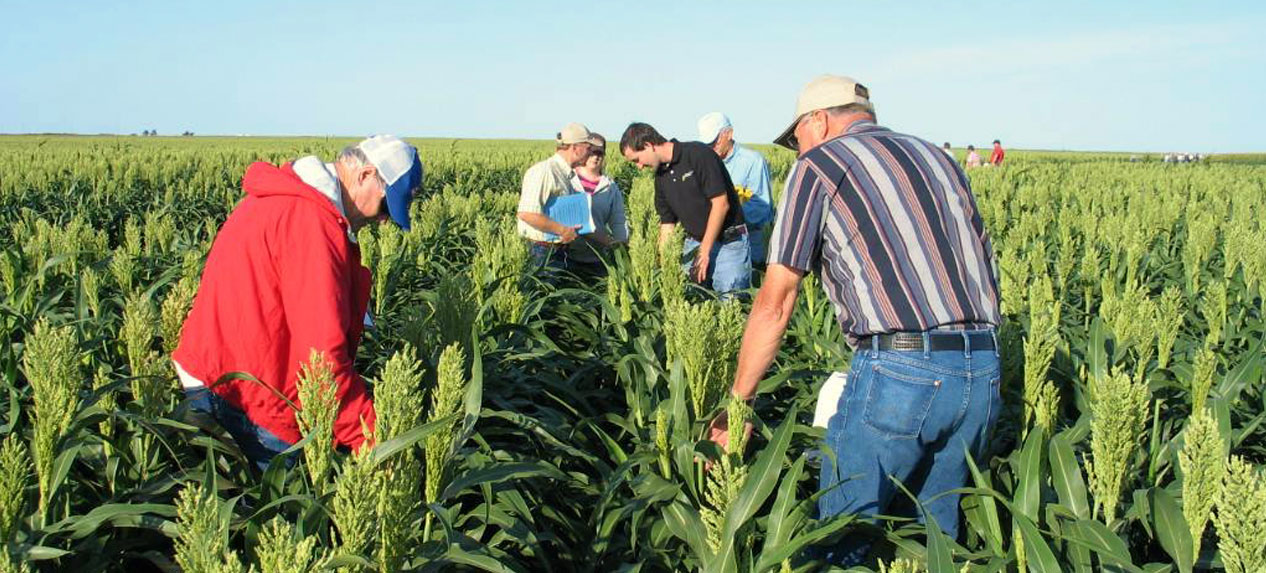What Does 2012 Hold for Crop Insurance?
With 2011 indemnities quickly approaching the all-time record of $10 billion, and farmers preparing to plant another impressive crop just months after the worst weather year in U.S. history, the current crop insurance system is earning high praise from agricultural leaders and lawmakers alike.
But in a new peer-reviewed analysis that appeared in January’s Choices magazine, former USDA Chief Economist Keith Collins and Harun Bulut, National Crop Insurance Services (NCIS) senior economist, explained that many proposals to alter crop insurance policy in the 2012 Farm Bill could hold serious ramifications for farmers and taxpayers, and could weaken the very system that proved so crucial last year.
Among the shortfalls they highlighted: Displacing private-sector crop insurance with duplicative government-run programs; saddling farmers and taxpayers with greater risk exposure; increasing program complexity; increasing taxpayer cost; and reducing farmer participation and coverage levels.
“With deficit reduction in prospect for years to come and insurance so fundamental to risk management in all economic areas, the long-term most sustainable safety net program for farmers may be enhanced crop insurance,” the authors wrote.
Collins, who attended an annual convention sponsored by NCIS, urged people to consider the past and present before writing the future.
“Let’s not lose sight of the fact that the current system took three decades to build and is working as designed,” he said at the conference. “The public-private partnership was created to reduce taxpayer risk by encouraging farmers to purchase insurance from professionals skilled in delivering private-sector payments quickly.”
Since modern-day crop insurance was first created in 1980, participation and coverage levels have grown dramatically. Nearly 265 million acres were insured by $114 billion worth of liability coverage in 2011, up from 45 million acres and $6 billion in coverage in 1981.
“My advice moving forward,” Collins concluded, “consider all consequences before restructuring crop insurance. The unintended consequences could harm three decades of success and upend some of the essential strengths that make the current system so great for farmers and taxpayers.”





